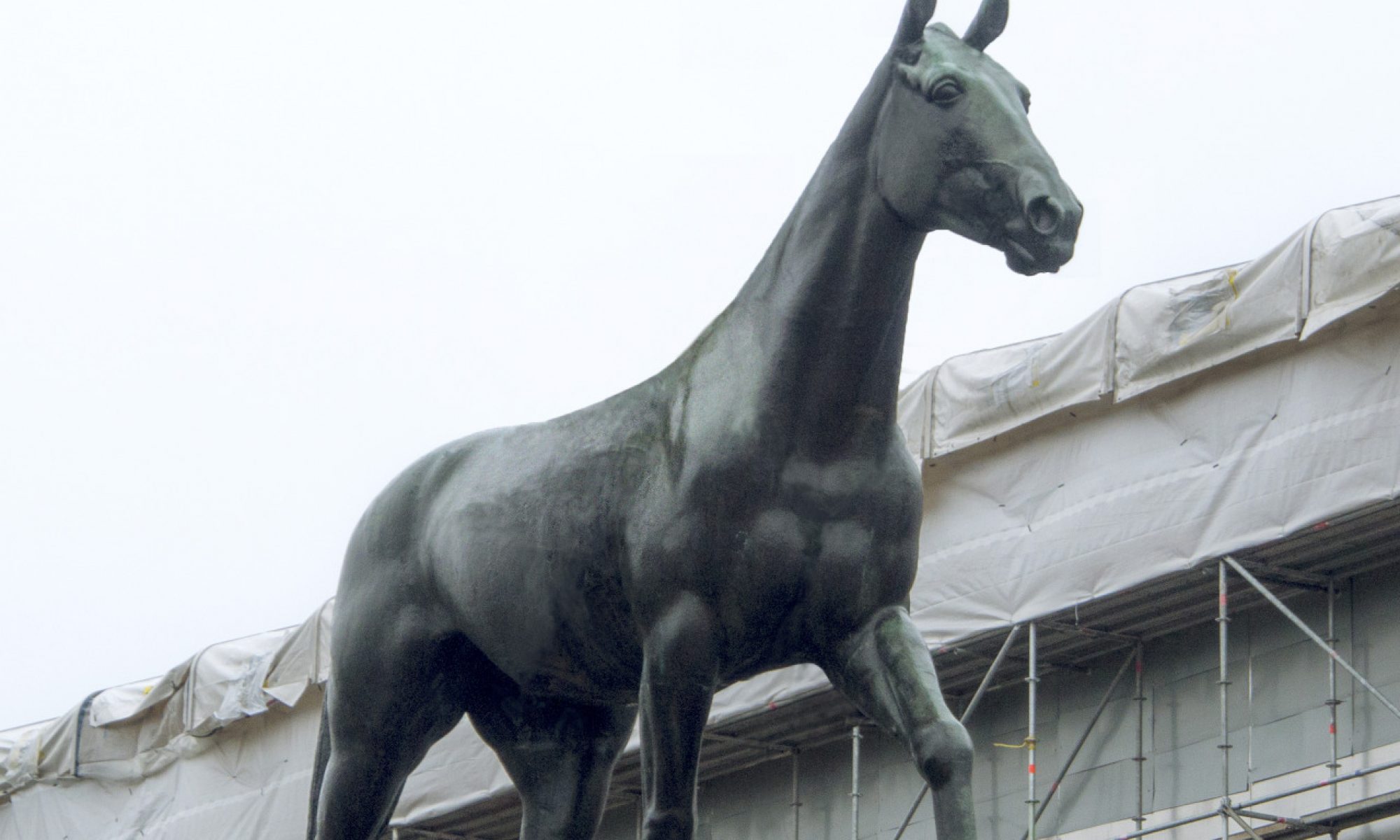Kooste sisältää tehtävänantoja, suorituksia, opiskelijoiden kirjoittamia muistiinpanoja ja keskustelun rippeitä. Aineistoa käytettiin Kankaanpään taidekoulun Esitystaiteen perusteet -kurssin opetuksessa, johon osallistui kaksi perättäistä vajaan 15 opiskelijan ryhmää ja etäopiskelijoita. Kolmiviikkoinen kurssi on pakollinen ensimmäisen vuosikurssin opiskelijoille. Ohjelma pyrki kehittämään osallistujien kykyä purkaa ja lukea erilaisia yhteiskunnassa toistuvia esityksiä sekä kehittämään taiteilija-ammatin vaatimia esiintymistaitoja. Esiintymistaidoista on hyötyä kun tekee taiteellista työskentelyään ymmärrettäväksi kollegoille, perheenjäsenille ja muulle yleisöille. Esiintymistä käsiteltiin laaja-alaisesti puimalla historiallisia poliittisia puheenvuoroja, performanssitaideteoksia ja osallistujien kurssin aikana toistamia arkirutiineja.
Ohjelmaa rytmittivät liikunnalliset harjoitukset, joilla pyrittiin vahvistamaan osallistujien kehotietoisuutta. Aamut alkoivat joko yhteisillä tansseilla tai venyttelyillä ja ryhmät suorittivat päivittäin kontakti-improvisaatioharjoitteita. Koulussa toteutetun opetuksen lisäksi ryhmät toimivat Kankaanpään liikuntakeskuksessa ja työskentelivät muutamaan otteeseen kaupunkitilassa. Liikepohjaista työskentelyä ohjasi pyrkimys harjaantua tunnistamaan kuinka keho vaikuttuu ympäristöstä, säistä ja toisista ihmisistä. Tätä kautta yritettiin hahmottaa miten ympäristö vaikuttaa sosiaaliseen kanssakäymiseen. Menettelyllä pyrittiin kehittämään valmiuksia ymmärtää kuinka taideteokset, kuten veistokset, maalaukset, valokuvat ja arkkitehtuuri ohjaavat havaintoja, ajattelua ja käytöstä. Ohjelmaan kuulunut luento tarkasteli performatiivisuuden käsitettä eri nykytaiteen suuntausten ja merkkiteosten kautta.
Koosteessa on mukana esitystaiteen perusteet etäkurssin kurssitehtävät, joita myös osa kontaktiopetukseen osallistuneista on tehnyt korvatakseen poissaoloja. Laatikkoihin kootut tekstit ovat viikottaisia tehtävänantoja, joita ryhmille jaettiin. Näiden alla on opiskelijoiden suorittamat tehtävät sekä linkkejä teoksiin, joihin viitattiin keskusteluissa. Harjoitteita ja niiden purkuja ei ole esitelty tässä asiakirjassa, koska tämä on tarkoitettu ensisijaisesti muistiinpanoksi ja arkistoksi. Koosteen avulla voi toivottavasti palauttaa mieleen opetuksessa viitattuja taideteoksia, kirjallisuutta ja harjoitusten kulkua. Kurssi päättyi molempien ryhmien osalta ryhmissä suunniteltuihin yhteisharjoituksiin, joiden kehittelyn rippeitä on tallennettu asiakirjaan. Osallistujat arvioivat omaa oppimistaan ja antoivat työskentelylleen kurssiarvosanat opetuksen päättäneissä henkilökohtaisissa palautekeskusteluissa.
Osa performanssiharjoitteista on napattu suoraan Pilvi Porkolan toimittamasta Performance Artist’s Workbook (2017) kirjasta. Performatiivisuutta käsittelevä luento-osuus pohjasi teoriasisällöiltään Richard Schechnerin Performance studies an Introduction – Chapter 5: Performativity (2002-2013) oppikirjaan. Suomennettu nimellä Johdatus esitystutkimukseen (2016). Kurssi käytti opetusaineistona kahta suomalaista performanssitaidekokoelmaa; T.E.H.D.A.S ryn luomaa D-Ark arkistoa, jossa teoksia yli 30 vuoden ajalta sekä New Performance Turku -festivaalin videokanavaa. Arkistoista löytyviä taideteoksia sovellettiin myös opetuksessa toistamalla esityksissä käytettyjä koreografioita ja perehtymällä taideteoksiin liikkeen kautta. Edellisistä kursseista saa otteen blogin aikaisemmista. Kurssin vastuuopettajana oli Tuomas Laitinen, joka sijaisti Aapo Korkeaojaa.
- Kooste verkossa: 20211216_esitystaiteen-perusteet-kooste-kankaanpaan-taidekoulu.pdf

